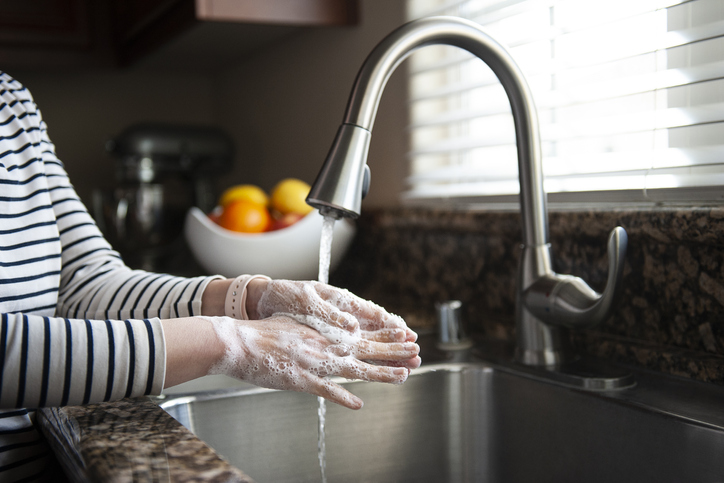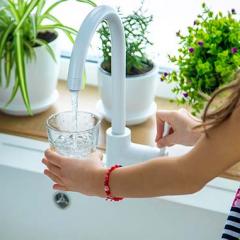 It is important to prepare food safely to help prevent food poisoning.
It is important to prepare food safely to help prevent food poisoning.
Food poisoning is caused by eating contaminated food and common symptoms include diarrhoea, nausea, vomiting, abdominal cramps, fever and headaches. Food should always be prepared safely to avoid contamination and prevent food poisoning.
Hand washing helps to reduce the risk of food contamination. You should always wash and dry your hands thoroughly before preparing food and after coughing or sneezing, using a tissue, touching pets, handling rubbish or handling raw meat, poultry, fish and seafood.
Safe food handling can also help prevent the risk of food contamination, such as washing fruit and vegetables with water before eating them. Food that is contaminated may not look, taste or smell different so you should always check that food is within its use-by date, make sure the packaging is not damaged and look out for other signs of potentially unsafe food. If in doubt, throw it out!
 Keep cooked and ready-to-eat food separated from raw meat, poultry, fish and seafood to avoid cross contamination. Another way to avoid cross contamination is to use clean knives, utensils, chopping boards and other equipment when preparing your food. Don’t forget to wash and dry your hands thoroughly after handling raw food.
Keep cooked and ready-to-eat food separated from raw meat, poultry, fish and seafood to avoid cross contamination. Another way to avoid cross contamination is to use clean knives, utensils, chopping boards and other equipment when preparing your food. Don’t forget to wash and dry your hands thoroughly after handling raw food.
Meat, dairy products, seafood, pre-prepared salads and cooked rice and pasta are all examples of potentially hazardous foods. These foods should be kept out of the temperature danger zone (between 5 and 60°C) to avoid the growth of bacteria that can cause food poisoning. Cold food should be kept at 5°C or below and hot food should be kept at 60°C or above. These foods can be left in the temperature danger zone for a short amount of time and the 2 hour/4 hour guide is a general rule that you can follow. This guide says that food kept in the temperature danger zone for 0-2 hours can be used or refrigerated, food kept between 2-4 hours can be used and food kept for over 4 hours must be thrown away.
![]() Author: Danielle Cave is an Associate Lecturer in Nutrition and Dietetics and PhD Candidate in the School of Human Movement and Nutrition Sciences. Her research focuses on exploring the long-term sustainability of food fortification strategies within the foodservice systems of aged care homes.
Author: Danielle Cave is an Associate Lecturer in Nutrition and Dietetics and PhD Candidate in the School of Human Movement and Nutrition Sciences. Her research focuses on exploring the long-term sustainability of food fortification strategies within the foodservice systems of aged care homes.



